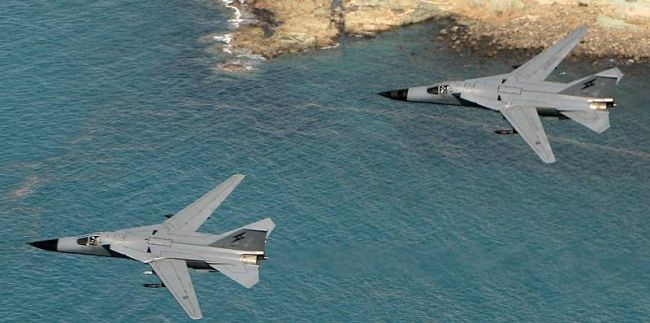WASHINGTON, Sept. 26, 2011 — Afghan security forces are moving forward and will be able to assume the lead for security in December 2014, said U.S. Army Lt. Gen. William B. Caldwell IV, commander of NATO Training Mission-Afghanistan.
Speaking to Pentagon reporters today, Caldwell said the Afghan army and national police have made “tremendous” progress.
“Today, I can say the return on the investment that we’re starting to see is pretty significant from these efforts made over the last two years by the men and women of this international community,” he said.
Caldwell used Afghan army recruitment statistics as an example of progress. “[In] September 2009, only 800 young men decided they wanted to join the Afghan national army,” he said. “This past month in September, we had over 8,000 young men decide to join the Afghan national army.
“And that’s not something that just happened this month,” Caldwell continued. “It’s been going on since December of 2009, where we’ve had more than ample recruits every single month volunteering to join and become a part of the Afghan national army and the Afghan national police.”
Caldwell cited standardization as reason more than 114,000 new members have joined Afghan security forces in the past 23 months.
“There are a lot of individual, disparate efforts, great pockets of excellence, out there around this country in many different areas,” he said. “But one thing NATO training mission was able to do, was to get a standardized program of instructions set not only for the army, but also now for the police forces, too, of Afghanistan.”
Another critical action, according to Caldwell, was transitioning from NATO trainers to Afghan trainers.
“We’ve really worked hard at … going from what was an all-contractor-based training program … here in the fall of 2009, to a coalition-led training program now evolving into an Afghan-led training program,” Caldwell said.
“We have over 3,100 Afghans assigned to training instructor positions with a very deliberate, proven program of certification that takes place,” he added.
Caldwell said 1,500 trainers have been certified with the others still being certified. “Eventually, [this will lead] to December of 2012 when the Afghans will be in the lead for training at the very basic level at all of our training institutions here in Afghanistan,” he added.
“Again, another significant step forward in giving them the capacity and capability to make this a long-term and enduring thing,” the general said.
Caldwell also cited literacy programs as another breakthrough which has begun to “reap real rewards.”
“We have over 3,000 Afghan teachers that we’ve hired to work for our organization,” he said. “The literacy rate has been dramatically increasing over these last six to eight months as we fully implemented this system.”
More than 120,000 members of Afghanistan’s security forces have received some form of literacy training, he added, out of a current force of about 305,000 soldiers and police.
Caldwell said it became apparent Afghan leader development is critical to NTM‑A’s success. “You can build anything if you’ve got capable leaders,” he said. “And so leader development has been and continues to be our number-one priority.”
Caldwell said he has a positive outlook for Afghanistan’s future. “I’m still very realistic about the challenges that lie out there ahead of us. They are still out there — no question,” he said. “But I can tell you after being on the ground here almost two years now, I’m also very optimistic about the future of what this place can hold for the Afghan people.”
Source:
U.S. Department of Defense
Office of the Assistant Secretary of Defense (Public Affairs)

 von
von 